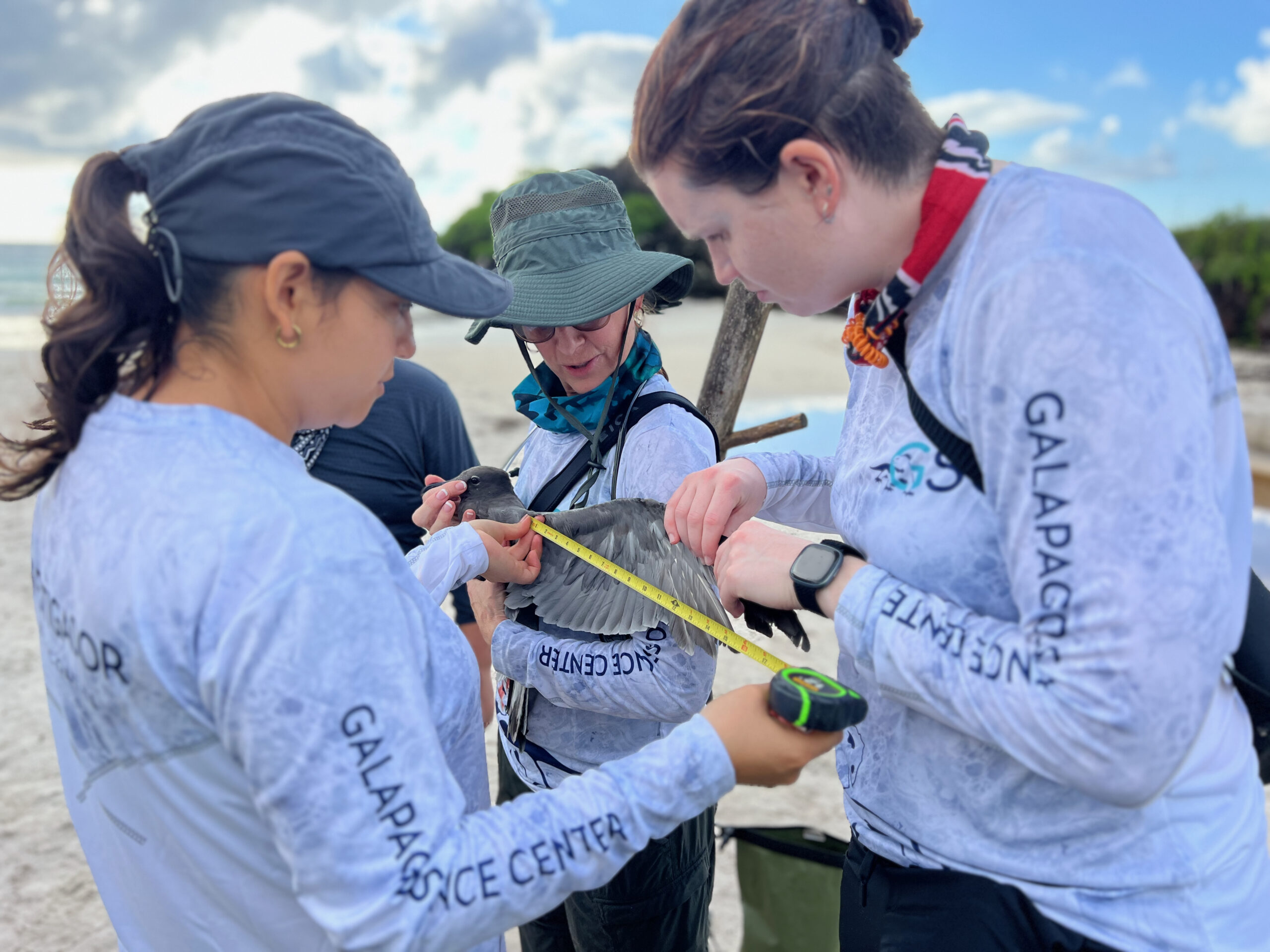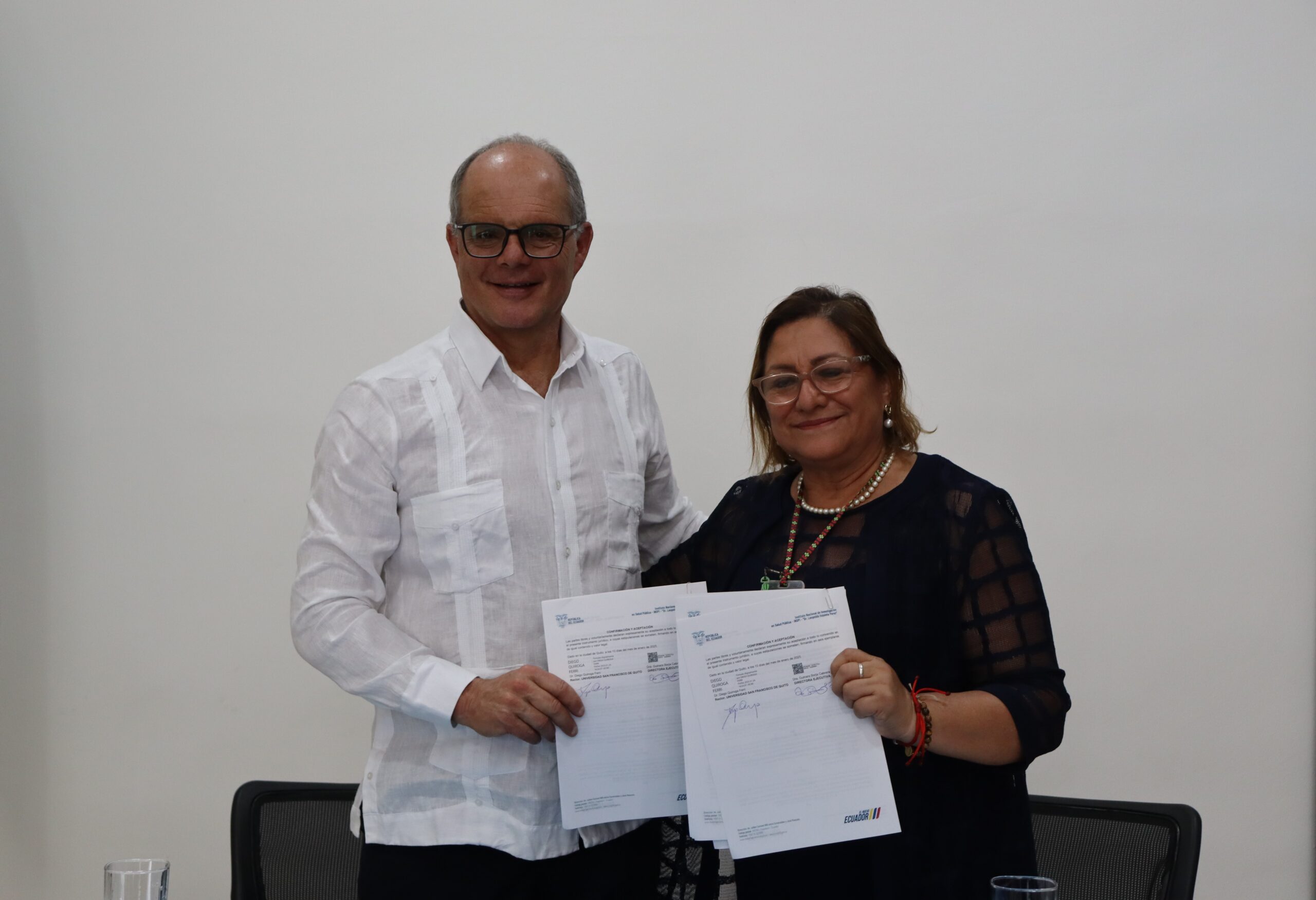Introduction: GSC Researcher Amanda Thompson, based at the University of North Carolina at Chapel Hill, along with three other collaborators, published an article about human health in Galapagos in the American Journal of Human Biology on December 28th, 2018. The title of the article is “Pathways linking caesarean delivery to early health in a dual burden context: Immune development and the gut microbiome in infants and children from Galapagos, Ecuador.” This publication is based on two studies coordinated with the Hospital Oskar Jandl and the Ecuadorian Ministry of Public Health.
Research question: Women and doctors worldwide are opting for caesarean births, and Galapagos is not an exception with between 36% and 45% babies born this way[1]. But what are the long-term health effects of caesarean births compared to vaginal births?
Several international studies have linked term caesarean births to the risk of allergy and asthma[2], early diabetes[3], and inflammatory bowel disease.[4] The results of these studies suggest that a vaginal birth stimulates a baby’s immune system, helping him or her to meet the world stronger and more adaptable than the caesarean alternative, at least in the short-term.[5] To understand longer term effects, complementary factors like breast-feeding, nutrition and environmental exposures are important to analyze as well, especially when most studies have been conducted in the United States of America (USA) and other countries with similar public health conditions.[6]
Thus, Amanda and her colleagues designed their research project in Galapagos, Ecuador where residents have a dual burden of infectious disease and the highest obesity rates in Ecuador (influenced by water quality and processed foods intake)[7] but also a positive breastfeeding trend: most mothers initiate breastfeeding and nearly 44% infants are exclusively breastfed up to 6 months of age. [8]
The research team asked the question: How are babies and children affected by caesarian births in the Galapagos Islands in the context of a dual burden of disease and positive confounding factor of almost universal breast feeding?

Hypothesis: Amanda and her colleagues from UNC, Kelly Houck and Johanna Jahnke, tested two possible links between how babies are delivered and their health later in life. The first potential pathway is a less effective immune system to fight off illness and the second potential pathway is gut flora in our gastrointestinal track. Their hypothesis was that findings in Galapagos would differ from international trends found in similar research conducted in the USA because of the high levels of breastfeeding and environment of the Galapagos.
Methods: The team worked with local community members to collect data from 41 babies and toddlers and 135 young children (under 11 years old) across two studies from 2014 to 2016 to compare immune system health (morbidity: how often they get sick alongside C-reactive protein, a response to infection ) and gut microbiota (composition of healthy and harmful bacteria). Specifically, they took blood spot samples to measure C-reactive protein, which is a protein produced by the liver and an indicator of inflammation from infection. They asked mothers to collect stool samples to analyze DNA of the bacteria present to extrapolate gut health. The team applied a survey to measure birth mode, breastfeeding, bathing mode and infant formula use (exposure to water), exposure to illness, nutrition among other variables.
Results: Of the study sample, 57.5% of infants and 47.4% of children had caesarean births with 72% of mothers reporting planned operations. All children received breastmilk for at least 15 months, regardless of their birth mode, showing universal access to a positive factor for pediatric health. The research team ran linear and logistic statistical regression models controlling for nutritional and pathogenic exposure related to age to see if the difference between results by birth mode were due to chance or statistically significant.
They found the two indicators of immune system health, the first potential pathway, were not significantly different between birth delivery mode. However, the types of bacteria in the gastrointestinal systems, the second potential pathway, were notably different, even after adjusting the data for environmental exposure by age.
The research team explains in the article, “Importantly, we found differences in bacterial groups associated with immune development, healthy gut function, and weight gain, and these differences mostly persisted when controlling for nutritional and pathogenic environmental exposures.”
Conclusions: These results support past research finding delayed healthy gut development in infants and children born through caesarian. Delayed healthy gut development is evidenced by more Firmicutes (commonly found in obese people) and less Bacteroidales (important actors in gut health). The presence of these bacteria could lead to future obesity and a compromised immune system.[9] In addition, the research team found that positive factors like breastfeeding do not significantly influence the outcomes that birth modes have on the gut microbiota of babies and children.
Recommendations: The results of this study are preliminary, because few studies have analyzed this research question in country contexts like Ecuador, which differ from the USA and European countries. However, the results demonstrate the need to further analyze the impacts of caesarean births on infant and child health. This information should inform both practitioners and mothers of the consequences of their decision to give birth vaginally or through caesarean in planned circumstances.
You can read the full article at: https://doi.org/10.1002/ajhb.23219
Full citation: Thompson AL, Houck KM, Jahnke JR. Pathways linking caesarean delivery to early health in a dual burden context: Immune development and the gut microbiome in infants and children from Galápagos, Ecuador. American Journal of Human Biology. 2019; e23219.
Glossary:
- Caesarian birth:The option of physically removing an infant from the womb through a surgical operation. This was initially offered in the medical community as an emergency intervention, but more commonly practitioners and mothers plan a caesarian for different motives.
- Dual burden:The condition of a community that has two prevalent health problems that could conflate individual health status.
- Gut microbiome:The community of trillions of microorganisms that live inside the human gastrointestinal tract and influence digestion, immunity and even secondary emotions like anxiety and relaxation.
- Immune system:The human body´s natural defense mechanism against diseases.
- Statistically significant:A mathematical value that the evidence against a null hypothesis is true and thus the research hypothesis could be true.
- Vaginal birth:The option of allowing an infant to enter the world through the natural pathway of the human body where s/he comes into contact with mico-organisms through the vaginal canal.
Freire et al., 2015: https://biblio.flacsoandes.edu.ec/libros/141521-opac
Kristensen & Henriksen, 2016: https://www.jacionline.org/article/S0091-6749(15)01103-3/fulltext
Cardwell et al., 2008: https://link.springer.com/article/10.1007/s00125-008-0941-z
Bager et al., 2012: https://www.ncbi.nlm.nih.gov/pubmed/21739532
Gollwitzer&Marsland,2015: https://www.sciencedirect.com/science/article/pii/
Carrillo-Larco et al., 2015: https://peerj.com/articles/1046/
Houck, 2017: https://cdr.lib.unc.edu/downloads/n870zr51s?locale=en
Freire et al., 2015: https://biblio.flacsoandes.edu.ec/libros/141521-opac
Magne,etal.,2017: https://www.ncbi.nlm.nih.gov/pmc/articles/PMC5591430/pdf/fped-05-00192.pdf S1471490615002264?via%3Dihub






